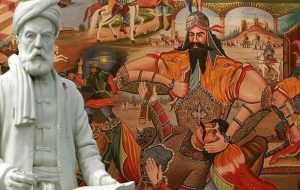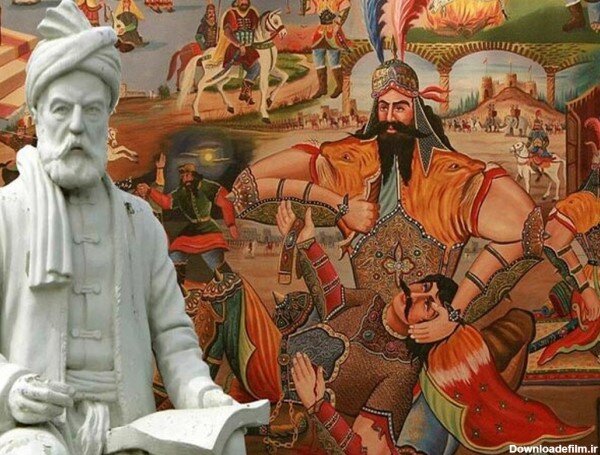Iranian rituals cited in Ferdowsi’s Shahnameh to be examined in Tehran museum
TEHRAN – The Glassware and Ceramic Museum of Iran will host an event tomorrow to explore the Iranian cultural rituals cited in Ferdowsi’s Shahnameh, a cornerstone of Persian literature. Navid Salehvand, director of the Glassware and Ceramic Museum, announced the event on Thursday, emphasizing the importance of Iranian rituals as key elements of the nation’s


TEHRAN – The Glassware and Ceramic Museum of Iran will host an event tomorrow to explore the Iranian cultural rituals cited in Ferdowsi’s Shahnameh, a cornerstone of Persian literature.
Navid Salehvand, director of the Glassware and Ceramic Museum, announced the event on Thursday, emphasizing the importance of Iranian rituals as key elements of the nation’s Iranian-Islamic identity, ISNA reported.
“Iranian rituals carry wisdom and purpose, and Shahnameh, composed by the sage Ferdowsi, is one of the most significant works that reflects and narrates these traditions,” Salehvand explained.
The archaeologist explained that the museum has organized a series of programs dedicated to exploring Iranian identity and history through the rituals described in Shahnameh.
The upcoming event will feature a lecture by Mohammad Rasouli, a scholar specializing in Shahnameh, who has devoted many years to its study and has authored numerous publications on the text,
This event will offer valuable insights into the preservation of Iranian identity and provide attendees with a deeper understanding of the cultural significance embedded in Ferdowsi’s work, Salehvand said.
Shahnameh or Shah-nameh is a Persian national epic, presented to Sultan Mahmud of Ghazna and completed in 1010. It is a poem of nearly 60,000 verses, a history of the kings of Persia in Pahlavi (Middle Persian) from mythical times down to the 7th century.
In Shahnameh, Ferdowsi versified and updated the story of the downfall of the Sasanian empire (mid-7th century), and, for nearly 1,000 years, it has remained one of the most popular works in the Persian-speaking world.
AM
